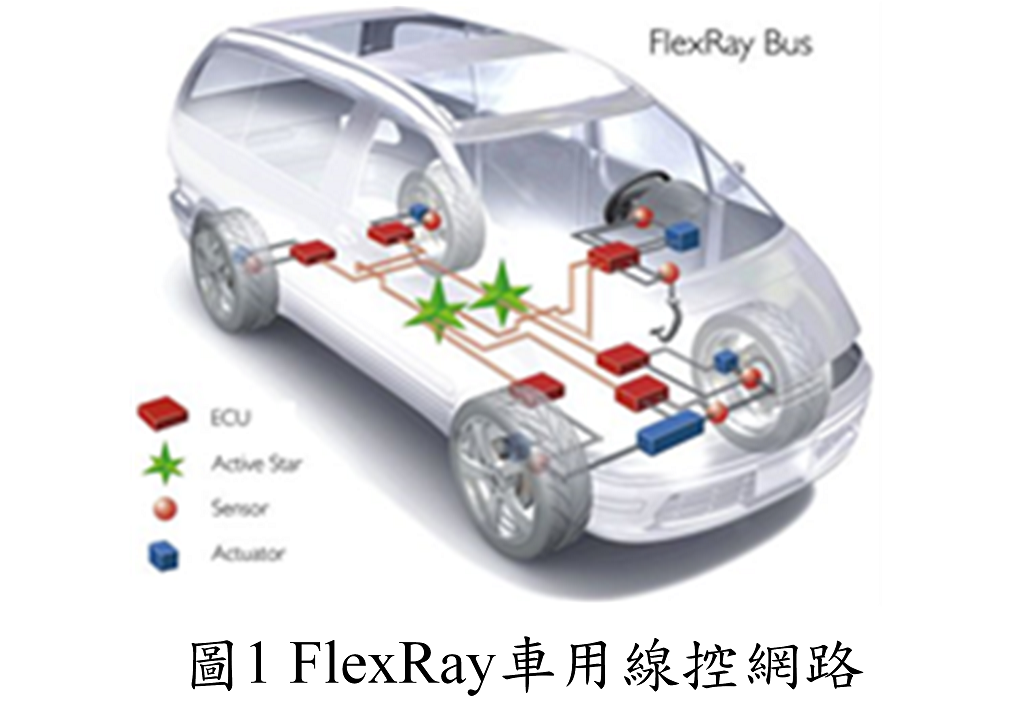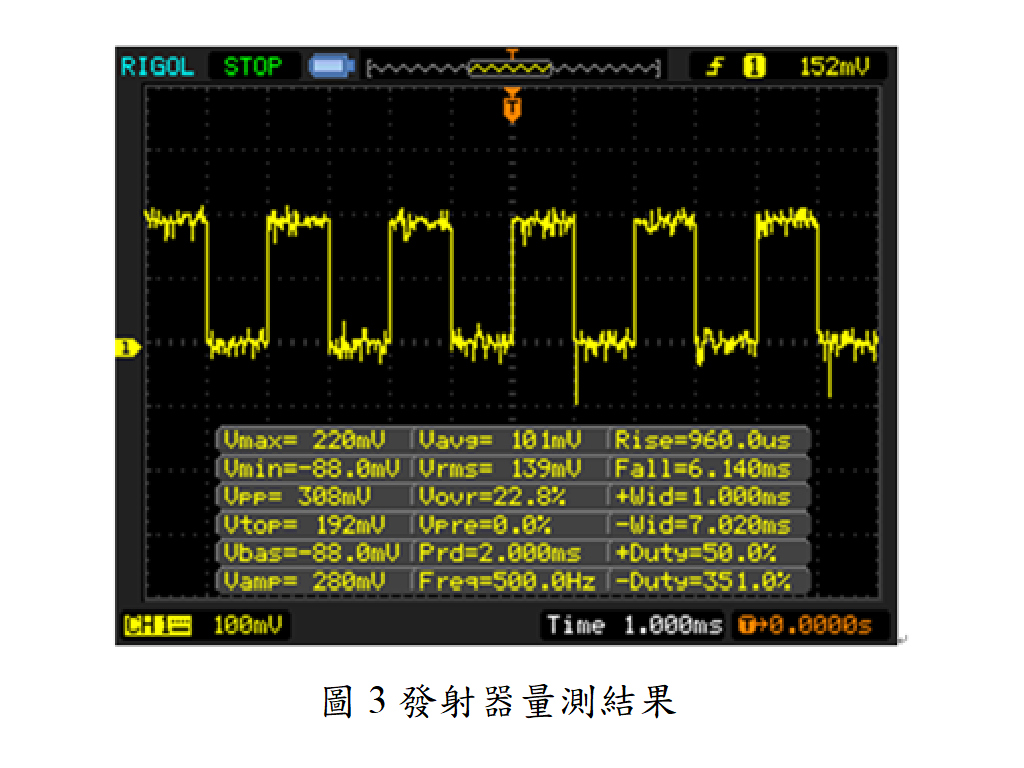| Technical Name | Transmitter of the bus driver of the FlexRay communication system | ||
|---|---|---|---|
| Project Operator | National Changhua University of Education | ||
| Project Host | 林志明 | ||
| Summary | The transmitter circuit of this design, where M1~M6 is a group of transmitters, because Rcm is much larger than Rload, so most of the 26.5mA current will flow to the bus of the equivalent electrical group of 45Ω, resulting in a positive pressure difference of 1.2V, where M1-M5 is the current source provides current, M4-M6 is the current sink to absorb current, M2-M3 is the switch to decide whether to The current is mapped to M5 and M6, and the control signal of the switch is generated by the interface circuit of the transmitter and the state machine C1 and C0 output generation circuit. Similarly, m1~m6 are another group of transmitters, emitting 26.5mA current to the equivalent power The group is a 45Ω bus, which generates a negative pressure difference of 1.2V. When the switches M2-M3 and m2-m3 are not conductive, no current is mapped to M5 and M6 or m5 and m6, that is, no current flows into the bus. |
||
| Scientific Breakthrough | This technology discusses the FlexRay electronic physical layer. Among the FlexRay products, the FlexRay chip set model TJA1080 produced by Philips is the first; however, this chip set uses a dual carrier junction transistor (Bipolar Junction Transistor, BJT ) And complex and undisclosed circuit design to meet FlexRay's specifications for communication protocols. Therefore, there is currently no public technology on the market that discusses how to design a circuit architecture to meet the FlexRay communication protocol specifications. Therefore, one of the technical aspects of the present disclosure is to provide a FlexRay transmitter and its receiver, which are implemented with CMOS logic gates, which are cheaper than the products manufactured on the market. |
||
| Industrial Applicability | FlexRay technology is a high-speed bus system with certainty, fault tolerance, and support for distributed control systems. At present, FlexRay is actively rushing into the “electronics” domain and is expected to be the main technology for the next generation of X-by-wire vehicle applications, which can reduce the support of the backup mechanical system. |
||
| Keyword | Electric vehicles wire-controlled circuits FlexRay transmitters CMOS high reliability high accuracy low cost low power consumption integrated circuit | ||
- zmlin@cc.ncue.edu.tw
other people also saw







